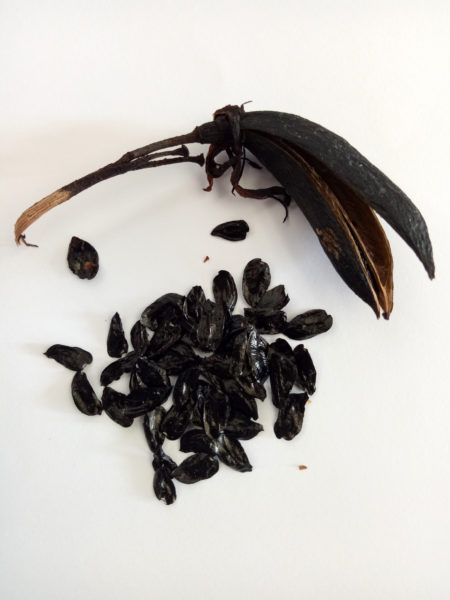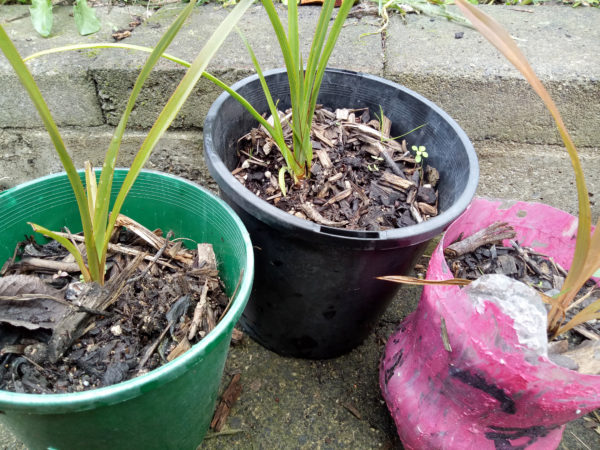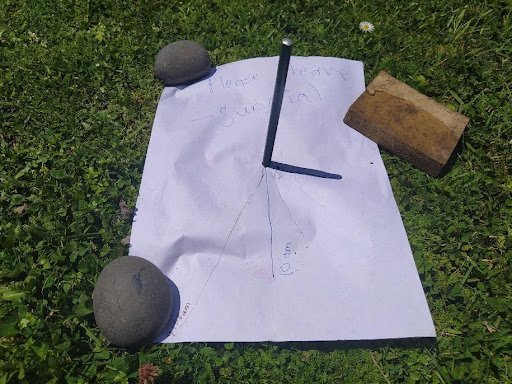May 14: Raising Baby – Gorilla documentary
What does it take to raise a gorilla?
Below are some talking points and activities to pass the time, all relating to today’s video.
Talking points
Discuss the ideas presented in the video with your family—at home or over video conferencing. Find ways to involve as many people as possible, especially those who you know are isolated by the lock-down.
- What were your favourite bits in this documentary? Do you know where Cameroon is in the atlas? Which other countries do you think might have gorilla populations? What do you know about these countries?
- How did you see the keepers interact with the gorillas? How did the gorillas respond? What did you notice about the bond between the humans and the gorillas? Are you surprised the gorillas still trust humans even after they have been hurt by them? Why do you think this is?
- Gorilla are described as being very sensitive. Rachel Hogan explains that an understanding of psychology is very important; they need to trust before they can be helped. What might this teach us about gorillas as a species? Does it help us understand humans in any way?
- A lot of orphaned gorillas have lost their families when they were shot for bush meat. Local children are brought to the sanctuary to meet the gorillas and learn about them. The hope is that children will learn to love and respect gorillas and choose not to eat bush meat. Do you think this is a good way to try to break the cycle of the bush meat trade? Can children influence their family’s choices? Have you helped your family make any good environmental decisions, or would you like to?
- Gorilllas are mostly vegetarians—they eat leaves and stems from at least 100 different plants. Do you feel surprised that such a powerful animal has a plant-based diet? Why might it be beneficial for them to forage from such a wide range of plants?
Task—Save seeds and help make a healthier planet!
The gorilla’s habitat is vital to their wellbeing. While logging can destroy habitat, we can learn how to make new plants for free by learning to save seeds.At this time of year in New Zealand, the bush and garden are full of seeds to gather. Go on a “seed hunt” today and bring home some seeds to plant!
- Go looking for seeds. Some native seeds you might find could be harakeke or pittosporum seeds. Flowering plants such as lilies and lavender have seed heads or “hips” you can harvest.


- Harakeke seeds can be planted straightaway in a small pot of compost or seed-raising mix. (If you don’t have a plant pot, use a container such as a margarine container; just poke some holes in the bottom of it for drainage.)Some seeds have a little gel case around them and need to be dried. Spread them out on a tissue and leave them in a safe place. (You can harvest the seeds from a tomato just by squirting some of the pulp, containing seeds, onto a tissue.)

- Look after the seeds you have planted by keeping the pot moist. It should sprout in a matter of weeks. Keep looking after the seedlings until they are strong and ready to be planted. These harakeke plants were planted from seed a year ago.

















